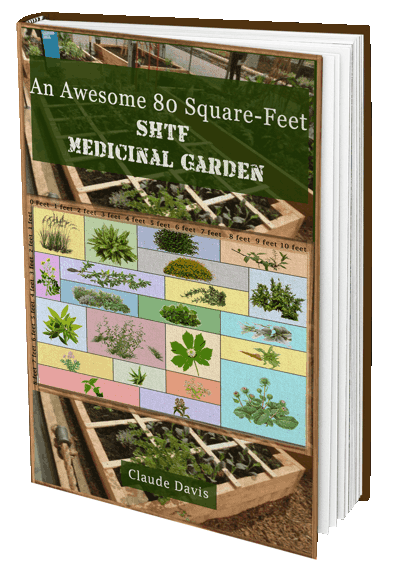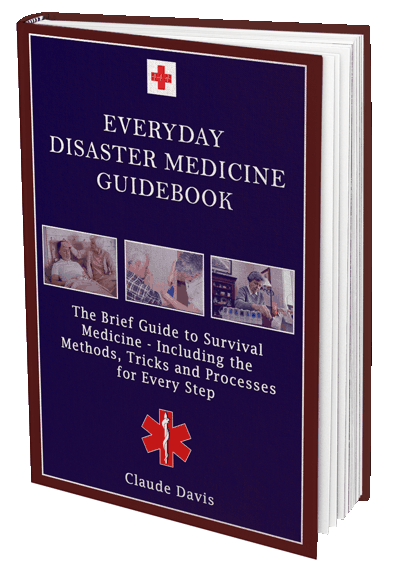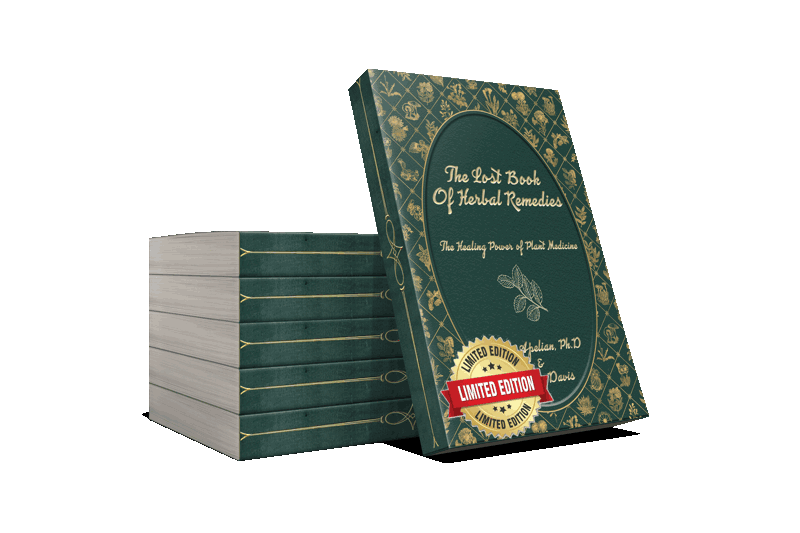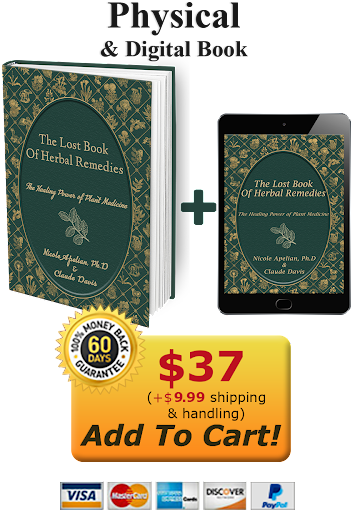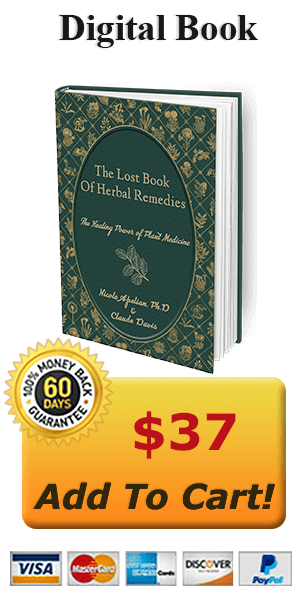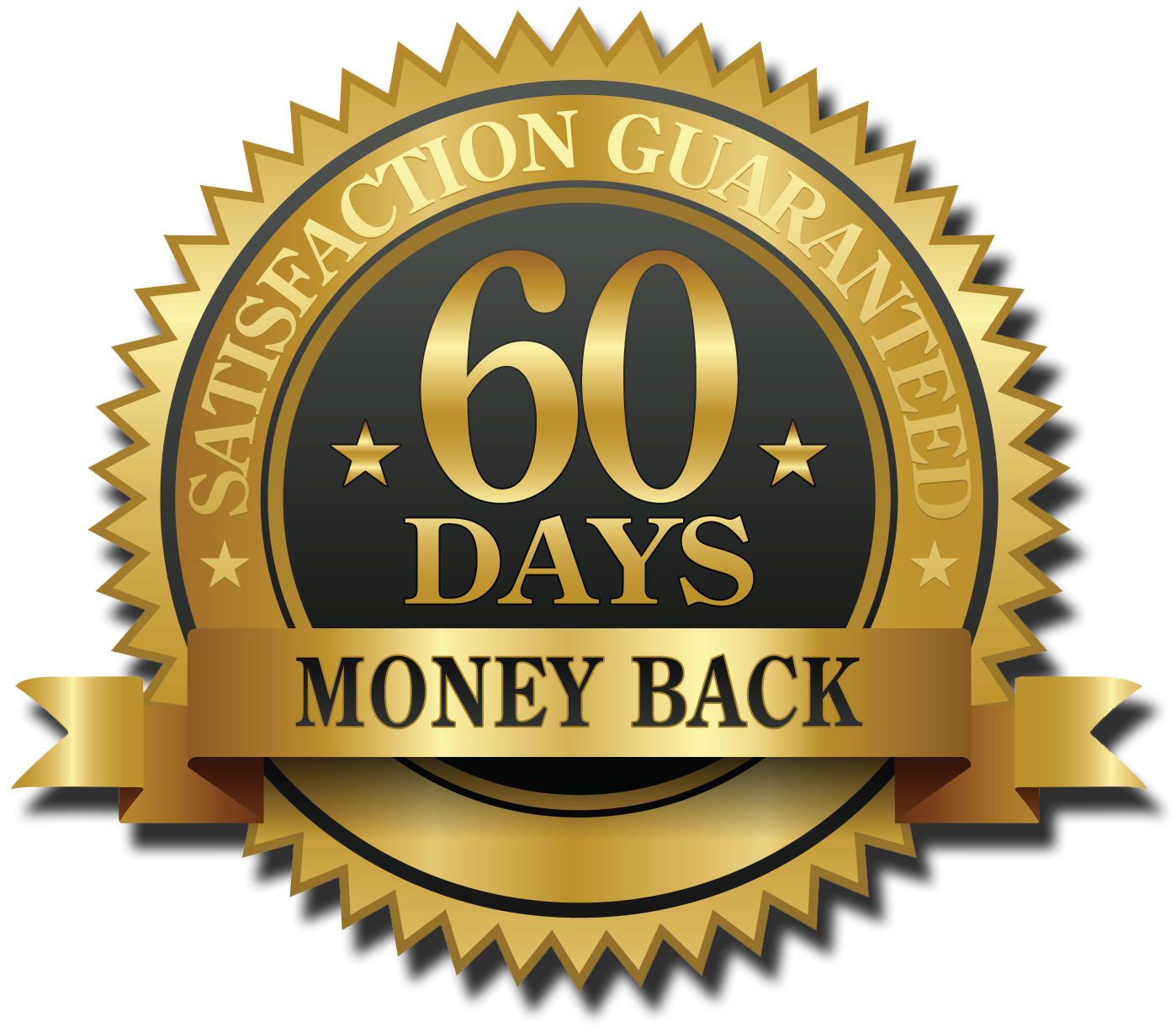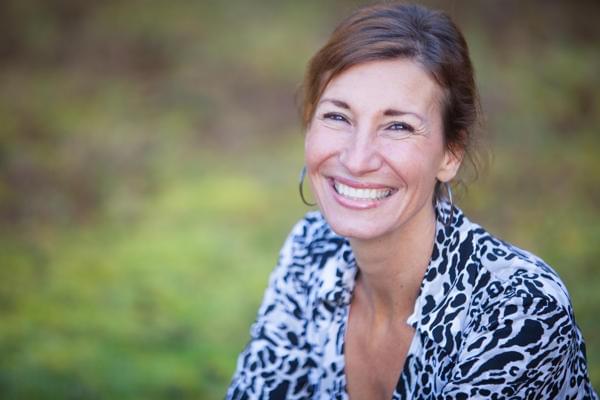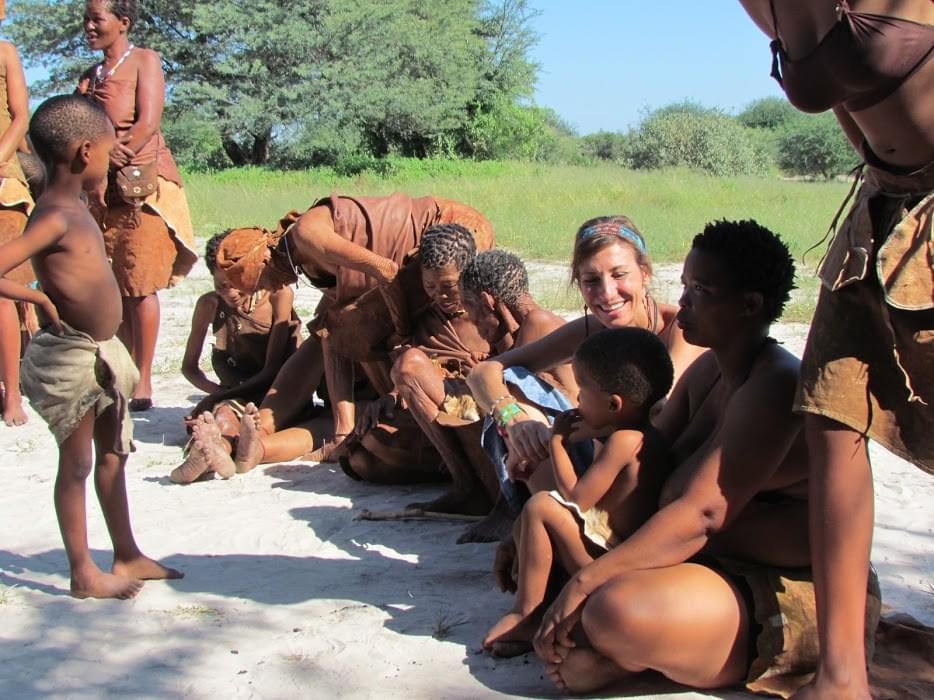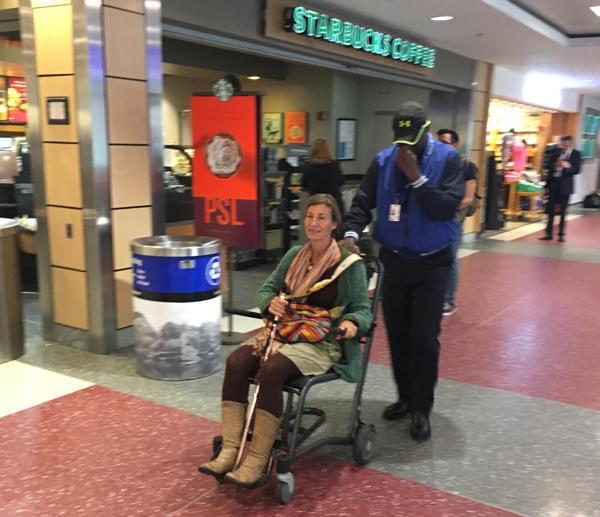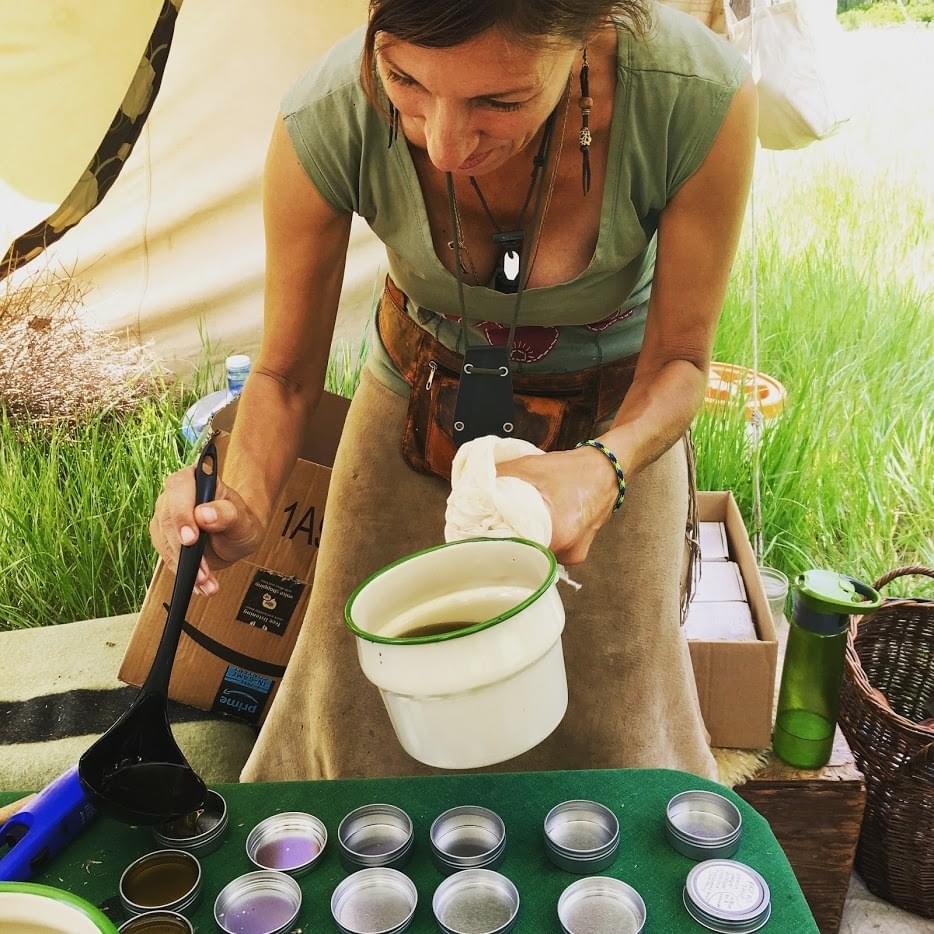Here's just a glimpse of what you'll find in The Lost Book of Herbal Remedies:

There are two distinct ways to search through the book.
First you'll be able to easily flip through the book looking for a specific plant or find out what plants are growing in your area.
Each plant has between 2 and 4 high quality color pictures and detailed identification instructions, so anybody can use it as a field guide in their backyard or whenever they go out foraging

The second index of the book makes it easy to search by your specific problems, ailments or needs.
These are just some of the reasons why this book is a near perfect guide for both beginners, seasoned herbalists or even people with no plant experience at all.







